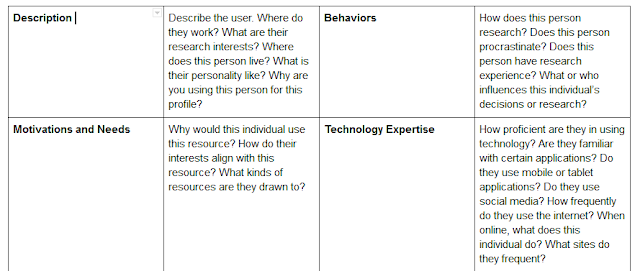Designing for our audiences in Teaching California
The California Historical Society (CHS) and its partners at
The California History and Social Science Project (CHSSP) have the unique opportunity, thanks to a substantial grant from the state’s Department of Education, to develop
Teaching California, a free K-12 online curriculum that puts California’s archives at the center of student investigation into the past. Crucial to this initiative will be taking a co-designing approach with the audiences we want to engage, so that what is created is as discoverable and widely-used by those audiences as possible.
Brainstorming Teaching California audiences in an internal session at CHS in early April. Questions explored included: Who are the people or groups reached directly by Teaching California? Which are more peripherally relevant but still stand to benefit from what we create?
When embarking on a user-centered design approach, the first step is to identify and gain empathy for your users. For our project team, this meant making our implicit primary audiences explicit and discussing the range of periphery audiences who stand to benefit from what we create.
On April 25th, CHS and CHSSP teammates met for a session to do just that and to determine what success for those audiences might look like as we plan for website development. CHSSP, based out of the University of California at Davis, are teacher professional development experts and the primary authors of the state’s recently adopted
History and Social Science Framework, which provides the foundation for our content work on
Teaching California.
The CHS and CHSSP teams reviewing Teaching California primary, secondary, and tertiary audiences and what signifies success for those audiences at an all-hands-on-deck session on April 25th, 2018.
While teachers unsurprisingly emerged as a core primary audience, the California County Offices of Education also emerged as primary audiences for what will be a crucial role in project dissemination to local teachers. And we could not forget that
Teaching California will be important to the growth and development of both the CHSSP and CHS organizations, who will also serve as important primary audiences. This was a fun and productive session and our group cycled through many self-adhesive flipcharts!
Following this session, we worked with CHSSP to develop basic user profiles for the primary audiences we identified. User profiles acts as a cursory audience examination, allowing a project team to think more holistically about a project and to start to tie ‘why’ a project is being developed together with ‘whom’ it is being developed for. While we will have the opportunity to continue a more in-depth
audience analysis in the coming months, this exercise allowed us to
scope out the basic needs and motivations of those we will be designing
for.
An excerpt of the questions we explored to form our user profiles.
As we aim for statewide reach for
Teaching California, which we
hope will help spur Framework adoption across all corners of the state,
identifying our audiences has helped our CHS website design team address some important challenges including: How can we create an online
resource for the diverse California school communities
teachers serve, and how can we co-design with them throughout the
project to continue addressing needs?
We are looking forward to continuing to develop out our process for co-designing for our audiences, so follow along with our progress here!
The California Historical Society is working in partnership with the California History-Social Science Project (CHSSP) at UC Davis to establish and implement Teaching California: a free and expansive online set of instructional materials to support the State’s new K-12 History-Social Science Framework. Comprised of curated primary source material from California's premier archives, libraries, and museums. Teaching California presents a research-based approach to improving student reading, writing, and critical thinking. This post comes from Kerri Young, Teaching California Project Manager. You can reach out to her at kyoung@calhist.org




